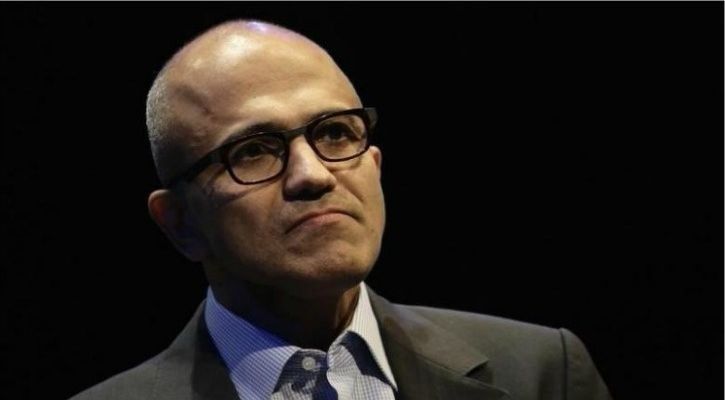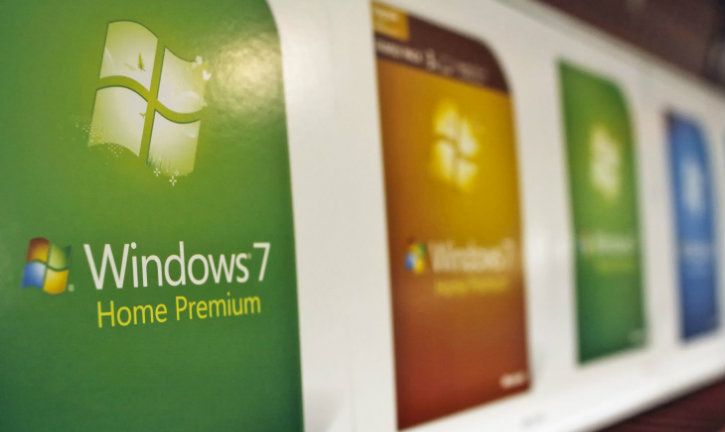Mobile World Congress (MWC) provides a venue for telecommunications companies, digital technology providers and digital solutions innovators to demonstrate new ideas that can be delivered today or will become possible in the near future. The teams traveling to Barcelona will bring ideas and solutions from geographies around the world and for different types of markets, including business-to-consumer, business-to-business, public service, automotive, fashion, manufacturing and health.
We have seen evidence in the past few years that the transformative forces unleashed through digital solutions do not recognise industry boundaries. The rapid learning and application of ideas across sectors now requires every organisation to question their assumptions and reimagine every part of their business model. This includes testing historical approaches to how a specific organisation will create value for customers, design their products and services, market and sell their solutions, manage production and supply chain operations, service customers, organise work, protect their business against cyber-crime and partner with others in the market.
We will see many examples of where the ‘new’ is already being applied now as participants come together for the 2018 Mobile World Congress. Here are our suggestions on what to look for across the demonstration halls.
From ‘artificial’ to ‘applied’: AI is now helping companies and people solve real world issues.
Artificial intelligence (AI) is front and centre at most tech conference and shows today. MWC won’t be an exception. Why? Because AI is being applied successfully to change what is possible in a broad range of interactions with various forms of technology.
We have seen the early waves of innovation unleashed as the combined impact of low-cost computing power and storage are combined with large data sets and good data science across text, images, audio and video content. The data that allows AI to learn is being sourced and structured. At the same time, a strong open-source culture is driving the democratisation of AI skills. The major technology vendors are all rapidly building productised, ready-to-use AI tools, and making them available at low or no cost. The pace of innovation is stunning in this space.
One of the most interesting things to look for at MWC will be examples of how AI is already changing organisations and the business. Like human intelligence, AI needs to be applied to specific problems. It will also be interesting to note how AI is improving the capabilities of existing technologies and enabling new sets of solutions. For example, can AI be applied to a network of legacy analogue cameras on street corners to enable new video analytics that accurately predict transit volumes for public transportation systems?
It will also be exciting to see how AI is enabling the next generation of smart manufacturing. In combination with edge analytics, it cansignificantly reduce IoT message traffic while increasing uptime and quality. AI can also help locate brands in virtual reality environments and overlay dynamic, clickable advertising. In cyber security, a new level of machine intelligence can now help human experts anticipate, prevent and mitigate attacks.
We will also see examples of how humans can benefit from AI outside the enterprise as it becomes embedded in next-generation chatbots and digital assistants. AI technologies such as image recognition, natural language processing and natural language generation can now even help visually impaired people play a more active role in the workplace.
Not your parents shopping: Digital is redefining commerce for customers, companies – and things.
MWC will demonstrate how commerce has become substantially more than just the transaction. It is now the entire customer experience. Digital technologies – AI, VR, augmented reality (AR), Internet of Things (IoT) and analytics – are coming together to make commerce more immersive and convenient for shoppers and increasingly insightful and effective for retailers.
In the past two years, car makers introduced AR visualisers for smartphones at MWC. Customers could use them to project a life-size image of a car into a real-world environment. We will see this trend become more mainstream, driven by recent moves such as the Apple ARKit.
Digital is changing the brick-and-mortar store by giving customers the chance to browse physical and virtual products. Retailers can now use the IoT and analytics to better understand what customers are doing and looking for in the store, and how they interact with products such as clothing. Luxury brands can harness personalised digital catalogues that will allow shop assistants to extend an actual boutique into an ‘endless aisle’. Digital is transforming how brands market their products and services to consumers, for example, through dynamic product placement.
There will soon be a form of commerce that requires neither the consumer nor the seller to lift a hand (or device). Objects will sell to and buy from objects, conducting mostly so-called micro-transactions. The enablers are blockchain, IoT and crypto currencies, and we will see some interesting examples of this at MWC.
Extending reality: Organisations are learning the ropes with AR and VR.
Device manufacturers created big expectations for augmented and virtual reality (AR/VR) a few years ago as they demonstrated early versions of glasses, helmets and mobile devices that could extend our personal reality into new spaces. Today, we are still waiting for the next generation of these devices to reach a balance of cost, functionality, battery life and interoperability to entice us into buying them at scale. The innovation in the AR/VR space is now focused on practical applications of the existing technology and ideas that might create competitive differentiation. It will be interesting to see ideas beyond the projection of life-size cars or furniture into real environments (both at previous shows) to expand into new experiences combining entertainment and commerce, employee training and complex asset maintenance, regulatory compliance and global commerce, or other areas.
Many of the extended reality use cases we will see at MWC will come from the enterprise space. Here, the technology is already giving rise to a wide range of applications that are set to transform business processes. For instance, putting a user in a VR environment can enable a deeper understanding of people’s behaviour and needs. Car manufacturers and automotive suppliers can use this to better design adaptive cockpits and, ultimately, create safer semi-autonomous vehicles. As VR and AR offer immersive experiences and intuitive access to real-time context-relevant information, we can also expect to see examples of extended workspaces and commercial spaces – to improve collaboration and work results and foster brand loyalty.
“IoT, meet AI, edge analytics, AR…”: Industry X.0 is offering new opportunities for manufacturing companies
Industrial companies have been monitoring what is presented and discussed in Barcelona and adopting ideas into their environments. They should be looking even more closely this year as tremendous change is underway, driven by the very digital technologies that make headlines at MWC. We call this change “Industry X.0.” This isn’t just the fourth industrial revolution. It is the ongoing process of industry transforming their core operations, worker and customer experiences, and business models with digital technologies.
Recent research indicates that this combination of digital technologies can have an enormous impact on industrial companies. In the industrial equipment sector, businesses could realise additional cost savings of more than £31,000 per employee alone if they combined robotics, AI, blockchain, big data and 3D-printing technologies. We expect to see more solutions tailored to industrial companies at MWC – plant managers as well as workers. These solutions will integrate, for example, edge analytics and machine learning. The shop floor is becoming more transparent than ever, allowing plant managers to capture data from various production systems, optimise production in real time, assign resources and skills dynamically and reduce wastages. At the same time, smart glasses, 3D-printing and even drones will augment workers and transform how work gets done.
Companies are in the process of digitally transforming the core of their business, and cyber security is becoming an even more critical capability. This is why we will also see examples of solutions that help ensure security of the supply chain.
Just think the thought: Digital assistants are becoming ubiquitous.
Voice is on its way to becoming a predominant interface for controlling devices and requesting information and other services. Ownership of digital voice assistant devices is projected to more than double this year globally.
But smart speakers are just part of a bigger trend that we will see everywhere at MWC: Soon, digital assistants will be everywhere. Some of them will be able to understand what users tell them and even have a voice to respond. Many will be chatbots on a mobile device or another screen. And there will be those that we will not even see because they do their work in the background – silently and smartly pre-selecting and curating information and services for us.
Increasingly, digital, (artificial) intelligent assistants will also enter the workspace, using machine learning to collaborate with their human co-workers. Sooner or later, our behaviour will become the true interface. And we are progressing toward that by surrounding ourselves with digital assistants in an increasing number of environments and situations – cars, the workplace, travel, shopping.
Habits are already changing: A survey shows that consumers who own in-home digital voice assistant devices use their smartphones less often for entertainment and online purchasing. These are just a few of many more contexts in which we will experience new visible and invisible helpers at MWC.
Mike Sutcliff is the group chief executive of Accenture Digital























